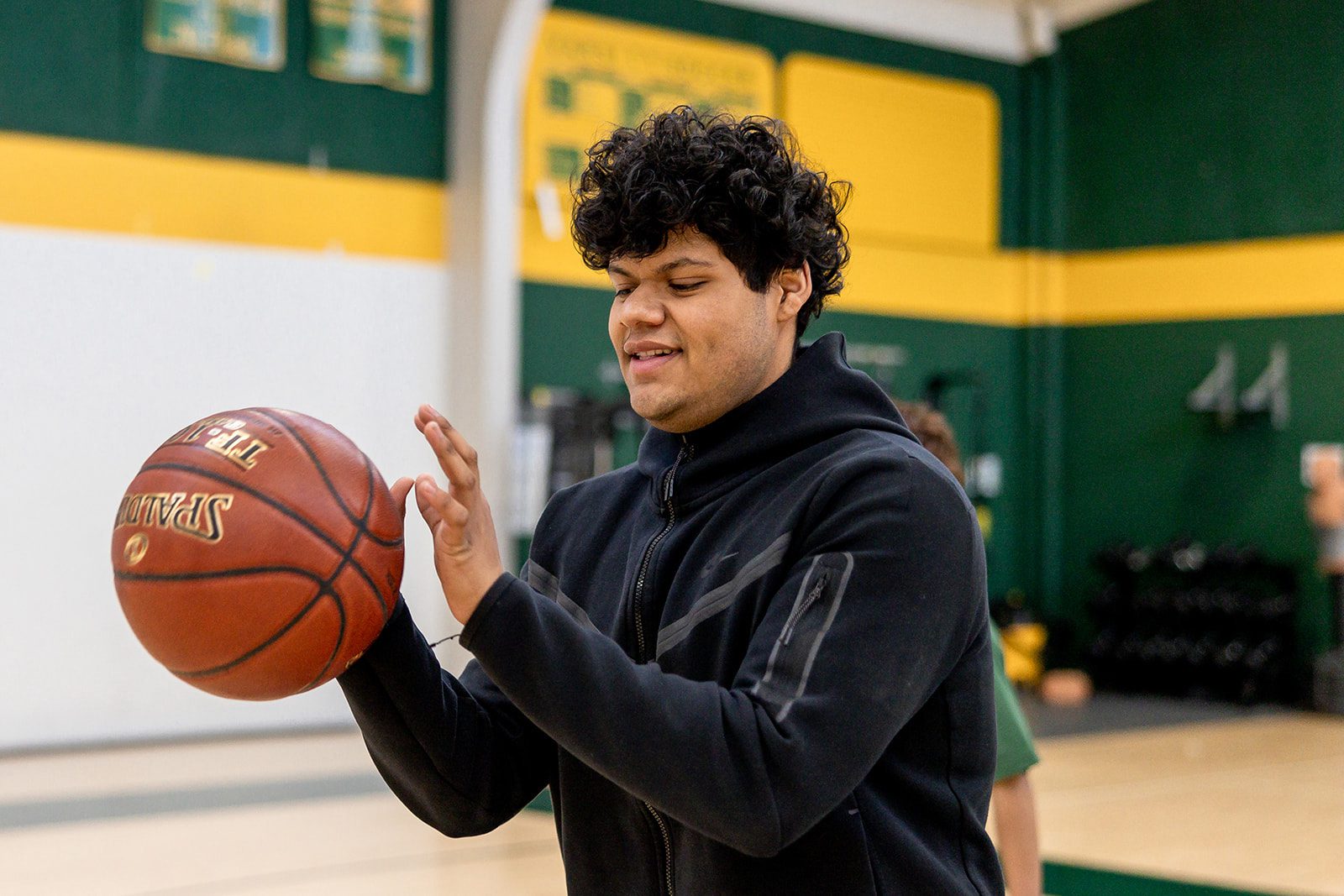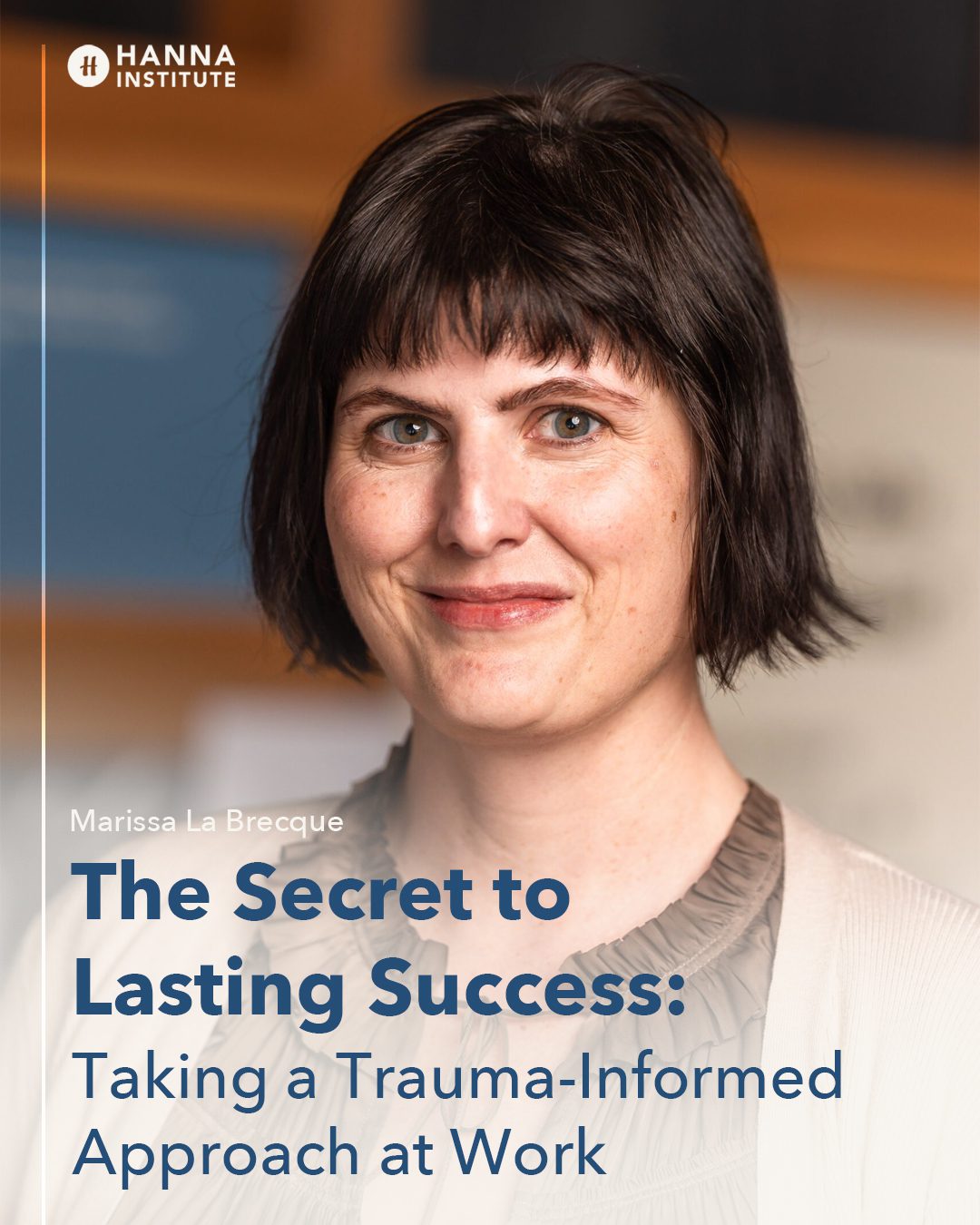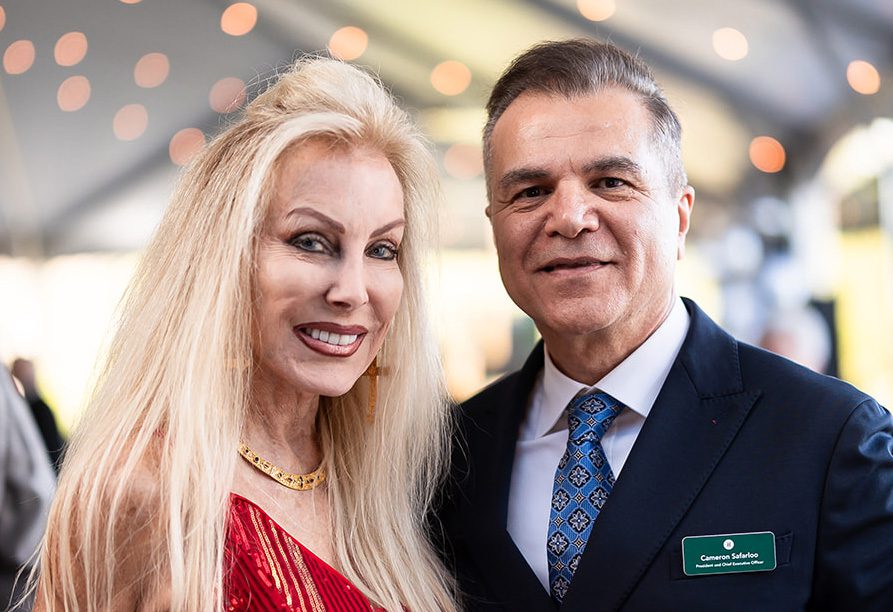Our youth face plenty of distractions and ways to be inactive. With so much time spent in front of screens, it’s no wonder that, according to the Journal of Adolescent Health, only 27% of high school students in the United States meet the recommended levels of physical activity.
That’s a big decline compared to past generations — and could be a contributing factor in the decline of our kids’ mental health.
Physical exercise has a huge impact not only on our physical well-being, but also our minds. Here are three reasons to promote exercise when we’re raising awareness about mental health in our community.
1. Exercise helps reduce anxiety and depression.
Sustained physical exercise — at least 30 minutes of vigorous activity — causes the release of endorphins, which are chemicals in the brain that make us feel good. These endorphins can help combat feelings of sadness or anxiety, and improve our overall mood.
2. Exercise can reduce stress.
When we exercise, we’re able to burn off excess energy and tension that may have built up throughout the day. This can lead to a greater sense of calm and relaxation, making it easier to deal with stressful situations.
3. Exercise can improve self-esteem.
Regular exercise can help young people to feel more confident and comfortable in their own skin. This isn’t just about appearance — it’s about helping people overcome challenges and realize they are stronger than they think. Through exercise, youth can build confidence and develop a positive relationship with their bodies.
How much is needed?
The World Health Organization recommends youth aged 5-17 get at least 60 minutes of moderate to vigorous physical activity per day. This can include activities like playing sports, dancing, or even just taking a fast walk. As long as that activity is sustained — rather than stopping every few minutes for a selfie — anything that gets a young person moving can produce positive results.
It’s also important for young people to find physical activities that they enjoy. If they don’t like team sports, for example, they may be more likely to stick with individual activities like yoga or swimming. The key is to find something that they will want to do consistently.
But it’s not a cure-all.
Regular exercise can play a vital role in a young person’s overall mood and outlook. And healthy habits learned in adolescence can lead to meaningful benefits throughout life. But it’s important to note that physical activity is not a cure-all for mental health issues. For those who are experiencing or have experienced trauma, and for those who struggle with mental illness, it’s so important that they get professional help.
In June, the Community Mental Health Hub at Hanna will begin providing licensed, professional counseling for youth and families.
Interested in accessing care from our team?



